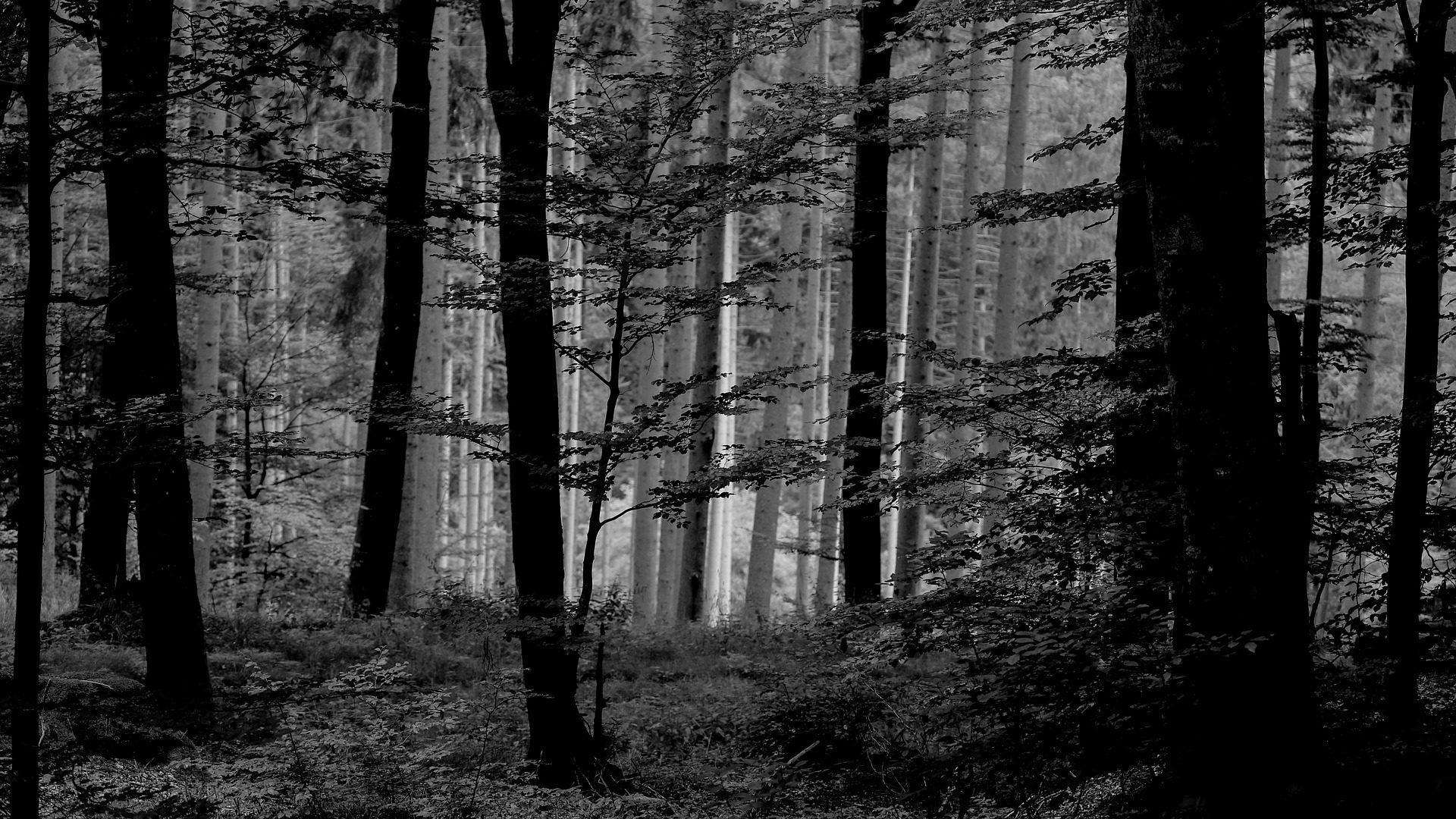3d
The World of Professional 3D Art: A Blend of Creativity and Technology
The 3D industry has become one of the most dynamic and rapidly evolving fields in the creative world. From blockbuster movies and AAA video games to product visualization and architectural walkthroughs, 3D art plays a crucial role in shaping how we experience digital content. Today, professional 3D artists are not only creators of visually stunning imagery but also problem-solvers who blend artistry with technical knowledge.
Applications of 3D Art
3D art spans a wide range of industries:
- Entertainment: In film and game development, 3D artists create characters, environments, props, and visual effects. Studios like Pixar, Ubisoft, and Marvel rely on skilled 3D professionals to bring imaginary worlds to life.
- Architecture and Interior Design: Architects and designers use 3D modeling to create realistic renders and walkthroughs, helping clients visualize projects before construction begins.
- Product Design and Advertising: Companies utilize 3D models to prototype products and create high-end marketing visuals without the need for physical photography.
- Medical and Scientific Visualization: In healthcare and research, 3D models help illustrate complex biological structures and processes.
Skills of a Professional 3D Artist
Being a successful 3D artist requires a mix of artistic talent, technical skills, and software expertise. Essential skills include:
- Modeling (organic and hard-surface)
- Sculpting and texturing
- UV mapping and PBR workflow
- Lighting and rendering
- Rigging and basic animation
- Understanding of anatomy, composition, and color theory
Key Software in the Industry
Professional 3D artists often master a suite of tools, including:
- Blender – A free and powerful all-in-one 3D suite
- Autodesk Maya / 3ds Max – Industry standards for modeling and animation
- ZBrush – High-resolution sculpting software
- Substance Painter/Designer – Texture and material creation tools
- Unreal Engine / Unity – Real-time engines for interactive content
- Photoshop – For texturing and post-processing
The Future of 3D Art
As technology advances, the demand for 3D content continues to grow. The rise of virtual and augmented reality (VR/AR), real-time rendering, and AI-assisted tools is reshaping how 3D art is created and consumed. Artists who stay adaptable and continuously update their skills will find countless opportunities across new platforms and industries.
Conclusion
The professional 3D industry is a field where imagination meets innovation. Whether you’re building fantastic creatures for a game, crafting realistic environments for films, or designing virtual homes, a career in 3D offers both creative satisfaction and technical challenge. With dedication and a passion for continuous learning, a 3D artist can turn vision into reality—and pixels into powerful experiences.
